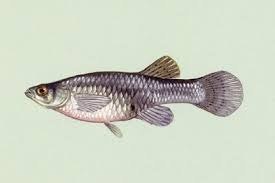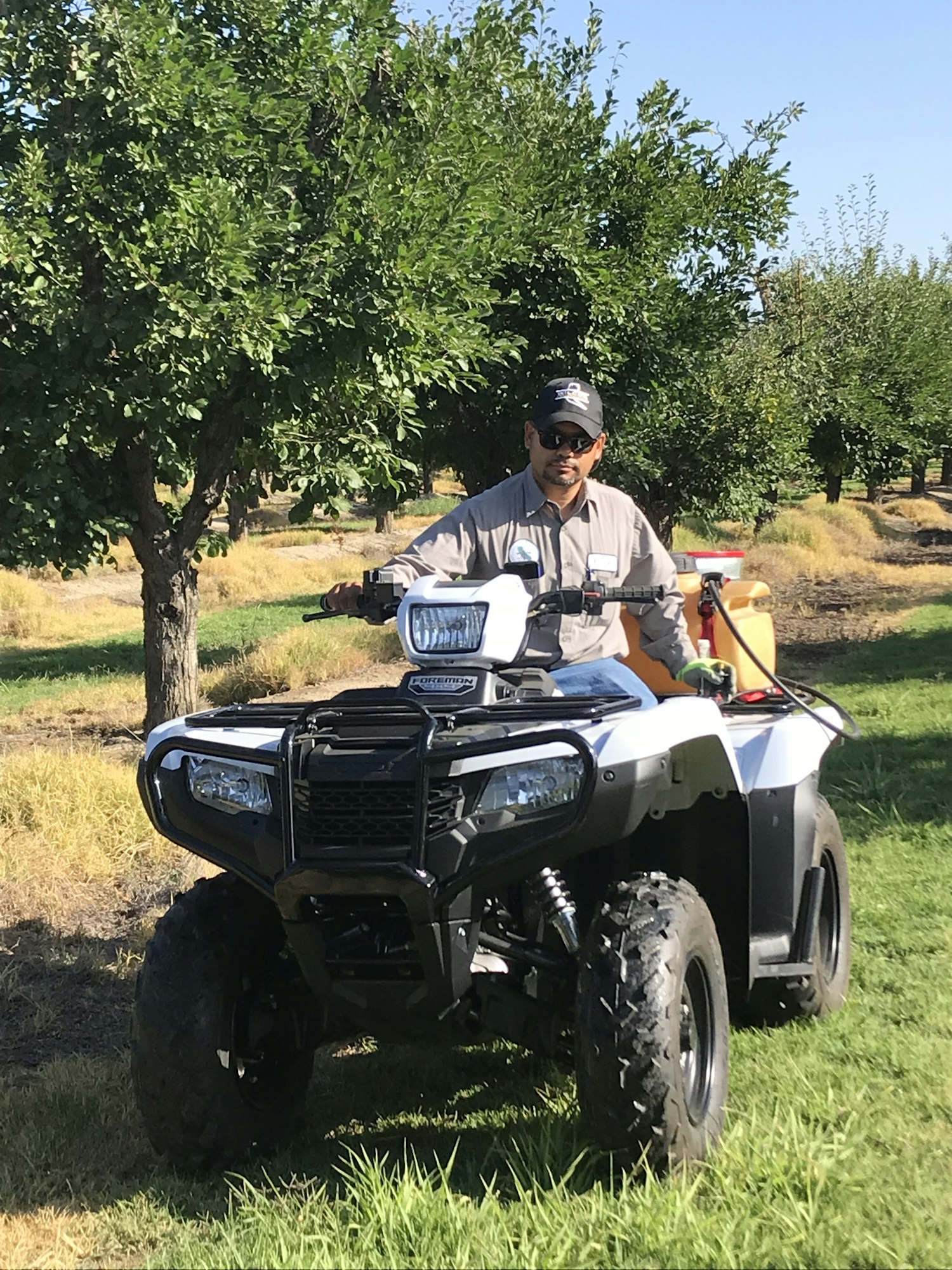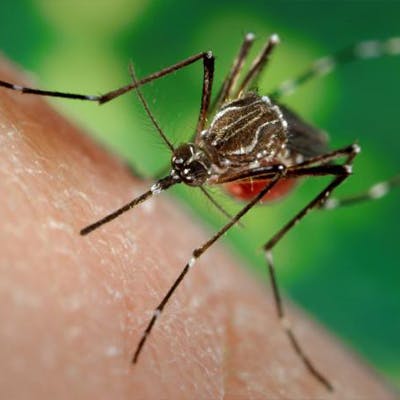Control Methods
Physical Control
Physical control makes an environment uninviting for mosquitoes to breed in. Physical controls include barriers like screens, bed nets and long sleeves and pants. Another form of physical control is source reduction or habitat modification such as draining or removing debris from a body of water to filling in tree holes.Physical control is usually the most effective of the mosquito control techniques available and is accomplished by eliminating, or significantly reducing, mosquito breeding sites. The primary operational objective of physical control is to reduce the mosquito carrying capacity of a source to preclude the use of control methods that would adversely impact the environment and wildlife. This can be as simple as properly discarding old containers which hold water or as complex as developing a regional drain system for storm water. Physical control can virtually eliminate the need for pesticide use in and adjacent to the affected habitat. There are many types of mosquito breeding sources capable of being reduced by physical control techniques.
Biological Control

Biological mosquito control methods protect the public from mosquitoes and the transmission of mosquito-borne diseases. Mosquito biological control agents include a wide variety of pathogens, parasites and predators. A biological control agent used by the District is Gambusia affinis, the mosquitofish. Mosquitofish are small live-bearing minnows closely related to the common guppy. Used in mosquito control in California since 1922, these fish consume mosquito larvae and pupae and can survive in varying water conditions. Because mosquitofish are surface feeders, they are extremely efficient mosquito predators. Mosquitofish have been said to consume upwards of 80-100 mosquito larvae per day, and are capable of quickly populating a source if conditions are favorable. The fish are placed in a variety of permanent and semi-permanent fresh water habitats, including dirty swimming pools, water troughs, and ponds.
Chemical Control

Chemical control of mosquitoes is the application of natural or manmade compounds (insecticides) to reduce mosquito populations to tolerable levels. Chemical control methods are applied to obtain immediate control when physical and biological control methods fail to maintain mosquito numbers below a tolerable level or during an epidemic of mosquito-borne disease when emergency control measures are needed.
Larvicides may be applied to water in which larvae or pupae are developing. Pastures, irrigation ditches, dairy waste ponds, sloughs, catch basins, storm drains and roadside ditches are examples of areas the District regularly inspects to reduce mosquito populations.
Adulticides may be applied as space sprays, mists, or fogs to kill adult mosquitoes and as a residual insecticide on surfaces likely to be contacted by adult mosquitoes. Adulticides are applied by hand held equipment as well as, truck mount, and aerial mounted equipment.









